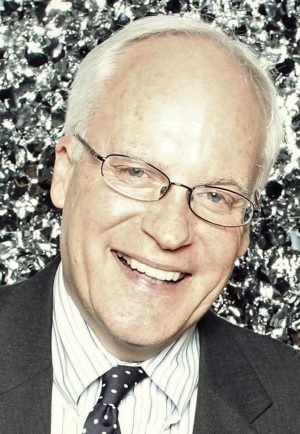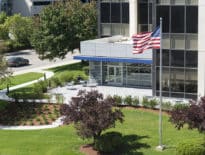Winthrop Sargent
Founder and Principal, Winthrop Capital Advisors
Age: 62
Industry experience: Over 30 years
Winthrop Sargent has had many jobs throughout his career. He has worked as the owner of a consumer products company, a senior consultant at an accounting firm and a contract CFO on several occasions, not to mention his involvement with municipalities. The wide array of work experience explains why his company, Winthrop Capital Advisors, offers such a multitude of services, including CFO advisory consulting, growth and turnaround assignments, merger and acquisition advisory services, capital underwriting and debt and equity placements.
Sargent has also been a member of the South Shore Economic Development Corp. and been working on several developments in the South Shore. One of his current projects is the development of a new, upscale residential real estate community in Mattapoisett called Fieldstone Village, which he describes as “Cape Cod but without the traffic.” The project has 30 house lots and is part of a larger development around the Bay Club in Mattapoisett consisting of 625 acres and nearly 200 homes built so far.
Q: As a member of the South Shore Economic Development Corp., what is the South Shore housing development market like right now?
A: Clearly, we have a lack of supply and inventory in a macro analysis, coupled with the micro dilemma, which I characterize as reasonably priced housing. I believe that the state of the capital markets and access to capital post-recession have a lot to do with this. [Sources of] construction and development funding remain very cautious. I read an article recently which stated that many small builders, those who complete three to four homes per year, have in large numbers left to work in other trades or endeavors, as homebuilding became too difficult for them. The classic supply theory is in play and is a direct factor as to why real estate prices still remain hot. Other than by the major builders, you just don’t see too many 30–plus subdivisions anymore.
Q: One of your current projects is the development of a new, upscale residential community in Mattapoisett. Are communities like this getting more popular in the state? Why or why not?
A: For many reasons, the large-house market seems to have lost some of its luster. While it’s difficult to assess the overall popularity of these developments statewide, I can say anecdotally that I’ve had many people say to me that my proposed project and its amenities offer an attractive downsizing scenario for active Baby Boomers. That is a fast-growing segment of our population: People who have worked long careers and are retiring or downsizing and who want something to make the concept of downsizing more appealing. Whether that’s having services such as landscaping and snow plowing taken care of, or living adjacent to a country club, our sense is that the right amenities make a huge difference for people seeking this type of housing option.
Yet, it’s important to note that communities like these are not simply for people looking to downsize. For some, it’s a lifestyle change. We have a number of professionals inquiring about homes here. And for that group, it seems to be driven by the chance to be in a new community with some interesting amenities. These include a year-round sports and fitness facility, junior Olympic-sized pool, platform tennis and four Har-Tru tennis courts.
Q: You have described this community as “Cape Cod but without the traffic.” How are transportation and traffic congestion in Massachusetts driving development trends?
A: You’re going to see more and more discussions on this subject. Over time we all have seen our commutes become more difficult and time consuming. One survey pointed to a number of people who became so disenchanted with the commute that they left Boston. The alternatives of course are developments near public transportation or the movements of businesses closer to their employment base. The South Shore Chamber of Commerce’s 2030 economic development plan focuses on this topic in an effort towards a younger workforce, thereby attracting businesses.
Q: Are there any other interesting housing or economic trends in the South Shore that you don’t see in Boston or other parts of the state?
A: One of the issues that the 2030 Economic Development Plan is looking at is how to attract a younger population to the South Shore, as well as providing opportunities for people looking to downsize. There seems to be renewed interest in mixed-use developments that are near public transportation. We traditionally think of the South Shore as an area with an abundance of single-family residences, and people studying the question about how to make the area a better place to work, live and play and recognize the need to address other models of housing. Part of that process is educating housing and community officials throughout the region on some of the options that are available and why they make sense.
Sargent’s Five Favorite Things:
- His grandchildren
- The Boston Red Sox
- A nice round of golf with friends
- History
- The 1977 movie “A Bridge Too Far”






